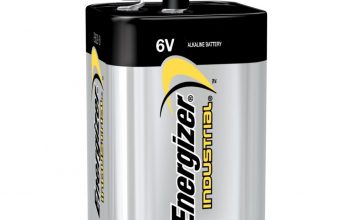There are several things that have probably drawn you to owning one of the brand-new electric bikes (also known as Velo Electrique). They are environmentally friendly, less expensive than a car, and are far easier to maintain & charge than repairing or refilling any car could ever hope to be. One of the few drawbacks, however, is the relatively limited range that all models are hampered by. Although a single charge will get most electric bicycles around 40 miles, there are likely factors affecting whether that full range is reached. Here is a short list of these factors and how they may impact bike range.
1. Weather
Weather is one of the less obvious factors that affect electric bike range, but it can have a noticeable impact, nonetheless. The battery is the most sensitive component of the eBike. It can lose capacity at low temperatures, which in turn can limit the bike’s range, if not stored at room temperature and placed on the bike when needed.Additionally, riding with or against the wind can result in less or more power being used, respectively. Wind effects will be minimal, but they still can act as friend or foe to your battery.

2. Weight
This applies to both the user and the overall weight of the bike itself. In any case, less power will be necessary to operate the bike the lighter they both are. It’s an important reason why progressive e-bikes(also called Velo Assistance electrique )are focusing on lighter frames as time goes on.

3. Surface and Terrain
Smoother surfaces will result in more efficient battery usage. This is due to reduced resistance from the surface as compared to unpaved/dirt roads – nearly every e-bike will perform better on a ride in the city than in the country. Accordingly, uneven terrain – and therefore steeper and hillier landscapes – will pose a greater challenge to e-bike range than using it elsewhere.
4. Gear Shift
Operating your e-bike correctly using proper gear shifts could make the biggest difference. When starting, progressively shifting from the lowest gear to the highest will produce the greatest range. Starting off in high gear is a surefire way to reduce range greatly.
5. Continuous Driving
Electric motors operate similarly to car motors in that they each perform more efficiently when they are kept running. Repeatedly turning the motor on and off uses up significant amounts of energy and can negatively affect range quickly. In this case, it is best to only switch off your motor when necessary to conserve the momentum of power usage.
6. Tire Pressure/ Fat Tires
Low or insufficient tire pressure can also cause e-bikes to consume more power than if they were filled properly. Proper pressure also comes with the added benefit that your tires will have a longer lifespan, providing an even better reason to maintain them properly (tires can get expensive!). The use of fat tires can also help conserve the motor’s efficiency even if you are forced onto unstable terrain. They’re more expensive than standard tires but can go a long way by enabling you to get the most out of each charge.
7. Motor
Finally, and perhaps obviously, the assistance level your e-bike uses will impact your e-bike’s range. Newer models feature impressive turbo boost settings that, while powerful, will definitely tank its efficiency. Fortunately, along with Tour and Sport settings (essentially the standard), newer models are beginning to feature Eco modes that further reduce energy usage with little impacts on motor power.


